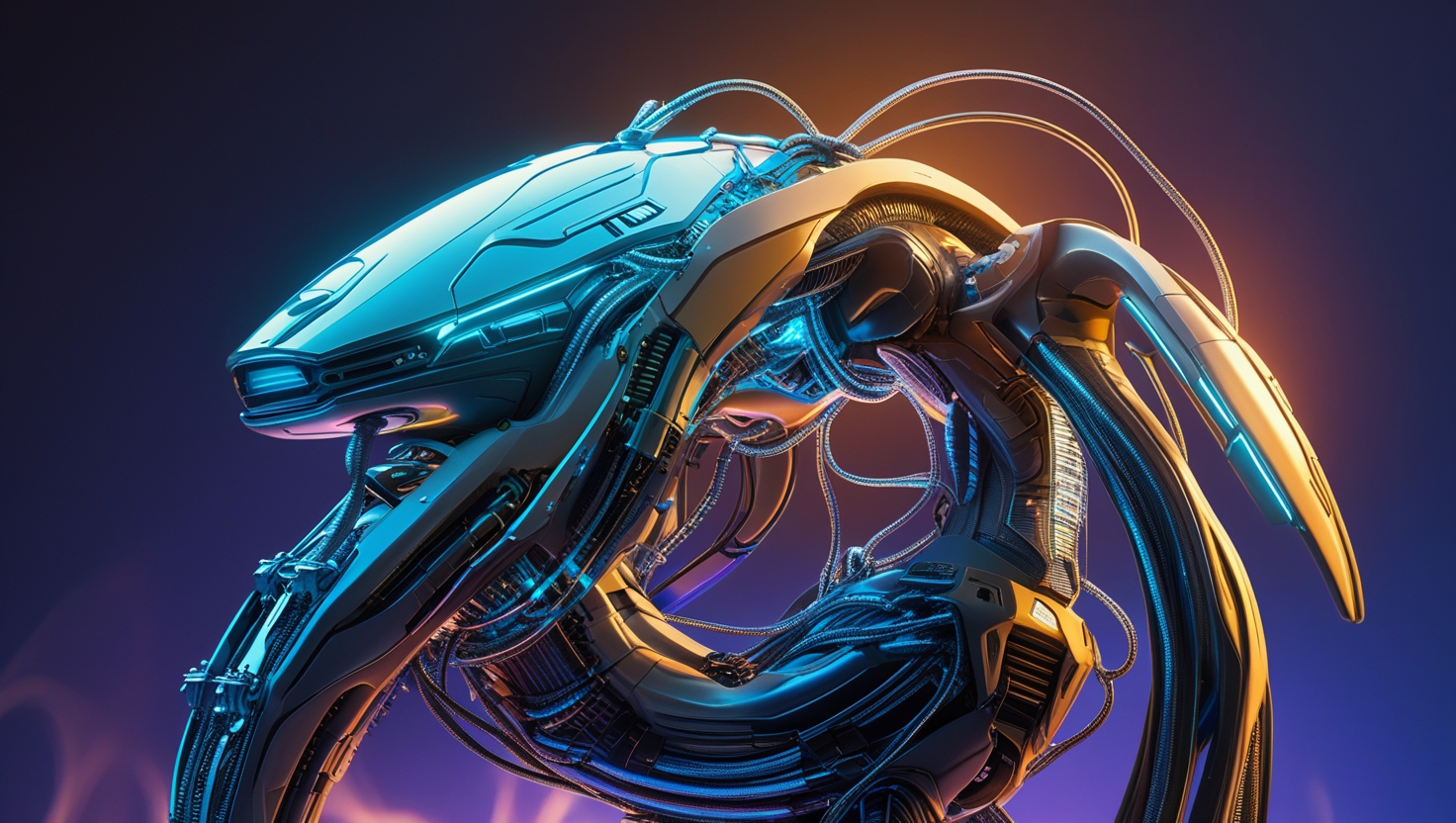
Yes, we are already developing and using biological machines, and the capabilities of these creations are steadily advancing. This isn’t a futuristic fantasy but a rapidly growing area of scientific reality, driven by breakthroughs in synthetic biology, bionanotechnology, and cybernetics.
So, what exactly are biological machines? The term encompasses a range of technologies, from microscopic entities to more complex organisms, that are designed and engineered to perform specific tasks.
The Building Blocks of Biological Machines
Several key scientific fields are paving the way for more sophisticated biological machines:
- Synthetic Biology: This field focuses on redesigning organisms for useful purposes by engineering them with new abilities to address challenges in medicine, manufacturing, and agriculture. Scientists can now create customized genetic circuits, synthetic metabolic pathways, and even synthetic genomes. This allows for the programming of cells to produce specific substances, detect diseases, or self-organize into desired structures.
- Bionanotechnology: Operating at the nanoscale, this discipline involves creating and using structures made from biological molecules. These can include “molecular machines” that mimic the functions of natural cellular machinery. For instance, scientists are developing nano-robots that can deliver drugs directly to cancer cells or identify pathogens in the body.
- Cybernetics and Bio-hybrids: This area involves the integration of biological components with artificial systems. A prime example is the development of “bio-hybrid robots” that combine living tissues, such as muscle cells, with synthetic skeletons to create machines capable of movement. These hybrids leverage the natural advantages of biological materials, like self-healing and energy efficiency.
Examples of Biological Machines in Action
The concept of biological machines is already being realized in various forms:
- Engineered Microorganisms: Bacteria and yeast have been genetically engineered to act as tiny factories, producing everything from biofuels and pharmaceuticals to novel materials.
- Xenobots: These are novel, programmable organisms created from the skin and heart cells of frogs. These “living robots,” which are less than a millimeter wide, can move, work together in swarms, and even self-heal. Future versions could be designed to clean up microplastics from our oceans or perform targeted medical procedures.
- Molecular Machines: At an even smaller scale, scientists are designing and building machines from individual molecules that can act as switches, motors, and sensors. These could one day be used in advanced diagnostics or to build new types of materials from the bottom up.
The Future of Biological Machines
Experts in the field are optimistic about the future of biological machines, envisioning a wide range of potential applications:
- Personalized Medicine: Imagine microscopic machines that can patrol your bloodstream, identifying and destroying cancerous cells before they can form tumors, or delivering drugs with pinpoint accuracy to minimize side effects.
- Environmental Remediation: Biological machines could be deployed to break down pollutants in our soil and water, or to capture carbon dioxide from the atmosphere.
- Advanced Manufacturing: Complex biological materials, with properties superior to those of synthetic materials, could be grown and assembled by programmed biological machines.
While significant ethical and safety considerations need to be addressed as these technologies develop, the trajectory of current research strongly indicates that the era of biological machines is not only coming—it has already begun. The continued convergence of biology and engineering promises to unlock even more remarkable possibilities in the years to come.